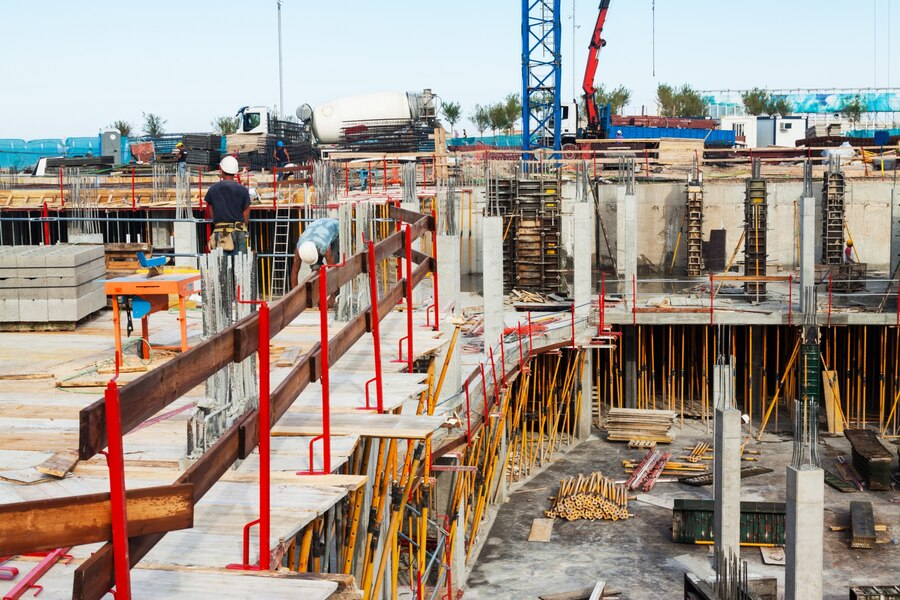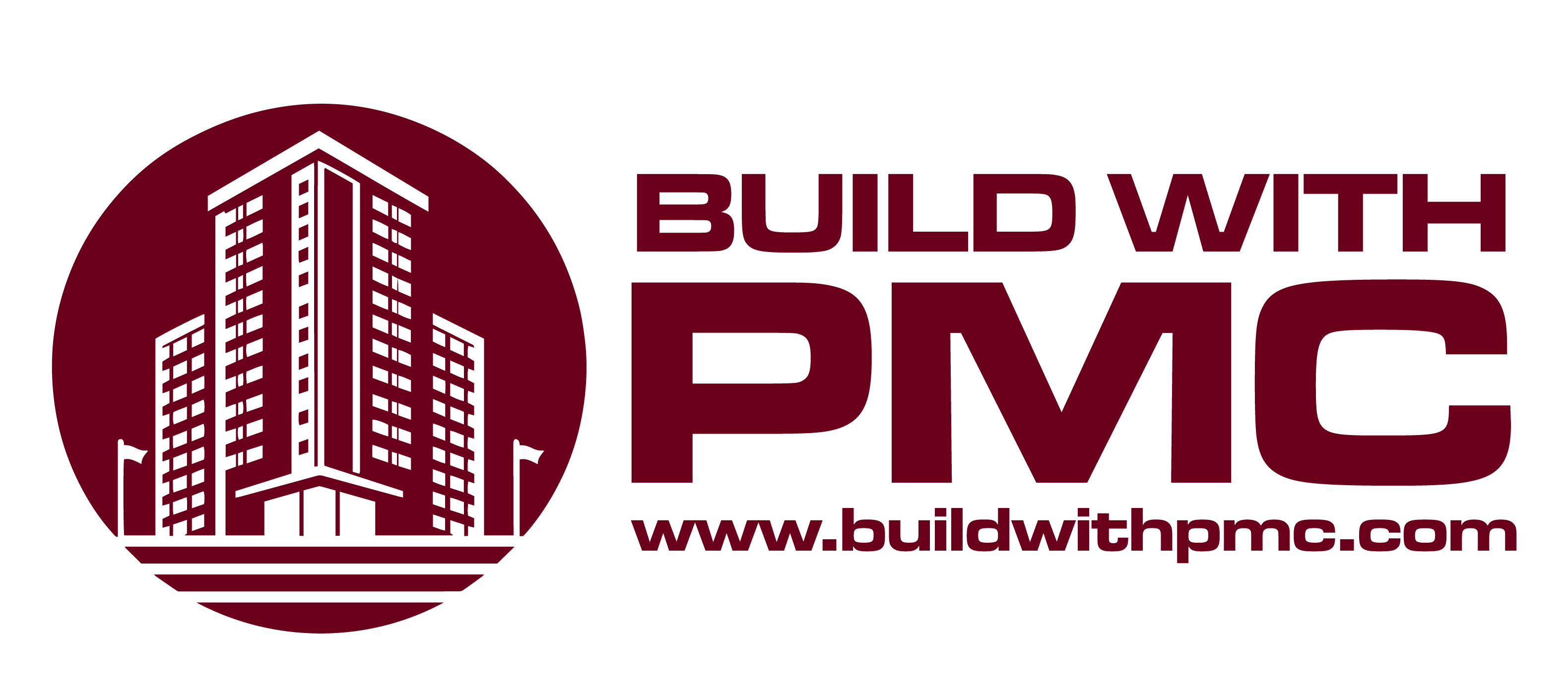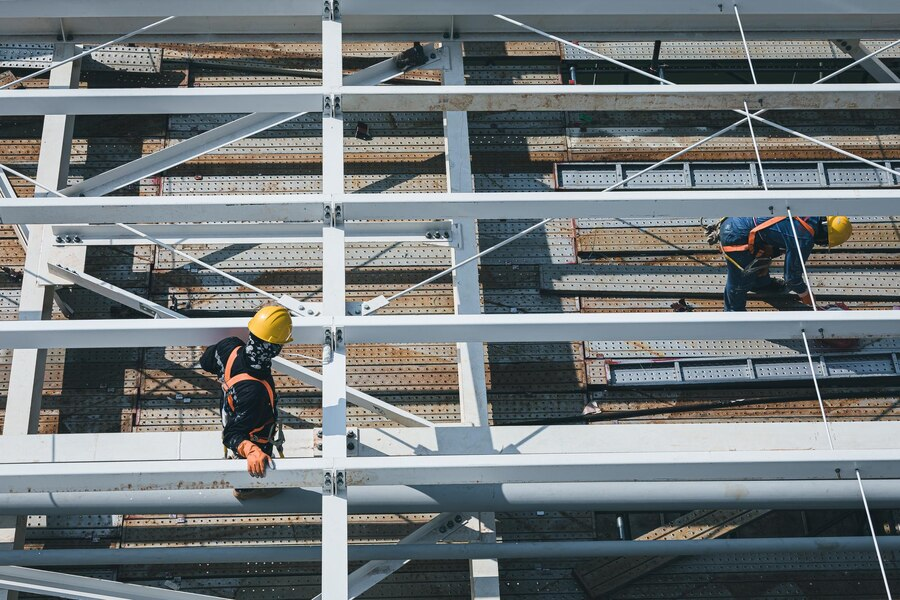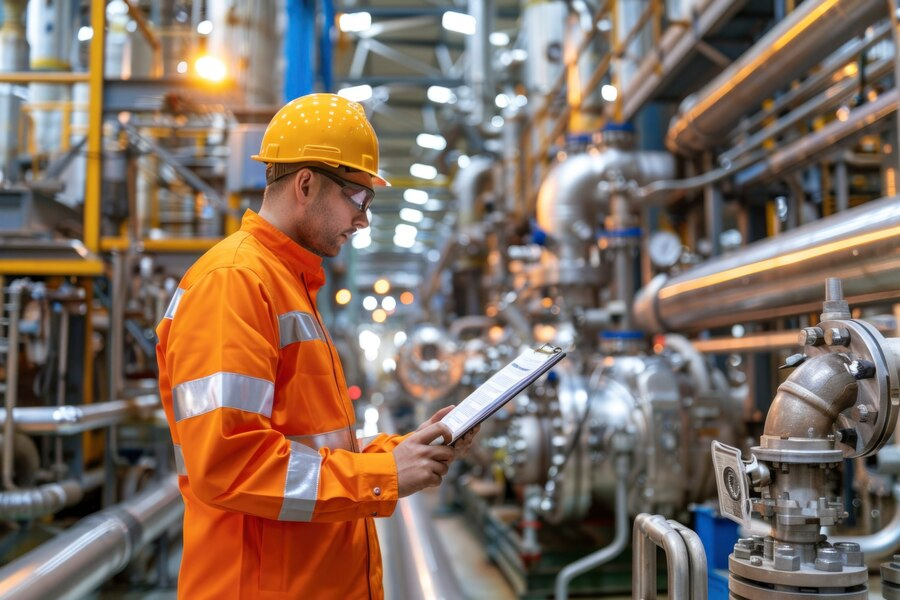In the world of modern construction, few materials hold as much significance as steel. Its versatility, strength, and durability have made it a cornerstone of architectural innovation and structural integrity. From towering skyscrapers to intricate bridges, steel plays a pivotal role in shaping our built environment.
The Strength of Steel
Steel’s primary allure lies in its exceptional strength-to-weight ratio. This characteristic allows architects and engineers to design structures that are both robust and efficient. Unlike traditional building materials like wood or concrete, steel offers unmatched tensile and compressive strength, making it ideal for supporting heavy loads over long spans.
Steel’s strength is the bedrock upon which modern construction stands tall. Unlike other building materials, steel boasts a unique combination of unparalleled strength and lightness, making it an indispensable choice for architects and engineers alike. This exceptional strength-to-weight ratio allows for the creation of structures that are not only robust but also economically efficient.
Structural Integrity and Safety
One of the most critical aspects of modern construction is ensuring the safety and longevity of buildings and infrastructure. Steel’s predictable performance under various conditions, including earthquakes and extreme weather, makes it a preferred choice for seismic-resistant structures and high-wind areas. Its ductility allows it to bend without breaking, providing crucial flexibility in response to dynamic forces.
Structural integrity and safety are paramount considerations in modern construction, and steel plays a pivotal role in ensuring both. The inherent properties of steel contribute significantly to the stability and resilience of buildings and infrastructure, making it a preferred material for engineers tasked with designing structures that can withstand various environmental and dynamic forces.
Design Flexibility and Aesthetic Appeal
Beyond its strength, steel offers unparalleled design flexibility. Its inherent properties allow for slender profiles and open floor plans that maximize usable space and enhance architectural creativity. Whether used as beams, columns, or trusses, steel can be manipulated into complex shapes and configurations, catering to both functional and aesthetic requirements.
Design flexibility and aesthetic appeal are hallmarks of steel’s role in modern construction, elevating architectural possibilities to new heights. Unlike traditional building materials, steel offers architects and designers unprecedented freedom to innovate and create structures that are both visually striking and functionally efficient.

Sustainability and Efficiency
In an era increasingly focused on sustainability, steel stands out for its eco-friendly attributes. It is highly recyclable, with scrap steel being routinely reused in new construction projects. The recycling process consumes less energy compared to primary steel production, making it a sustainable choice for reducing carbon footprints in construction.
Sustainability and efficiency are crucial considerations driving the widespread adoption of steel in modern construction practices. As the construction industry seeks to minimize environmental impact and enhance resource efficiency, steel emerges as a leading material choice due to its inherent eco-friendly attributes and economic benefits.
Applications Across Industries
The application of steel extends far beyond traditional building construction. It is integral to infrastructure projects such as bridges, highways, and tunnels, where durability and reliability are paramount. Moreover, steel finds use in industrial facilities, stadiums, and even residential homes, highlighting its adaptability across diverse sectors.
Steel is integral to manufacturing processes across industries, serving as the backbone for machinery, equipment, and infrastructure. In manufacturing, steel forms the basis of machine frames, tooling, and industrial robots, providing stability and precision in production operations. Industrial facilities rely on steel structures for warehouses, factories, and storage tanks, ensuring robust infrastructure capable of withstanding heavy industrial operations and environmental conditions. Steel pipes are essential for transporting liquids and gases in industries such as oil and gas, water supply, and wastewater treatment, maintaining pipeline integrity and reliability over long distances.
Technological Advancements
Advancements in steel manufacturing and fabrication techniques have further enhanced its appeal in modern construction. Innovations such as high-strength steel alloys, advanced welding methods, and computer-aided design (CAD) software have pushed the boundaries of what is achievable with this material. These technologies enable engineers to optimize designs for efficiency and performance, ensuring that steel remains at the forefront of construction innovation.
Technological advancements have also contributed to reducing the environmental footprint of steel production. Electric arc furnaces (EAFs), powered by electricity instead of fossil fuels, are increasingly used to melt scrap steel and produce recycled steel. This process emits fewer greenhouse gases and consumes less energy compared to traditional steelmaking methods. Furthermore, advancements in water recycling, waste management, and emissions control technologies improve the overall sustainability of steel manufacturing operations, aligning with global efforts to reduce carbon emissions and conserve natural resources.
Conclusion
As we look to the future of construction, steel’s role remains indispensable. Its strength, durability, and sustainability make it a cornerstone of modern architectural and engineering achievements. From iconic skyscrapers to resilient infrastructure, steel continues to shape our cities and landscapes, embodying the promise of strength in structure for generations to come.
Contact us today at PMC Inc, located at 14563 Manzanita Dr, Fontana, CA 92335 Southern California, to discover how we can help you leverage the power of steel in your next project. Whether you’re planning a commercial development, industrial facility, or residential complex, our expertise in steel construction ensures innovative solutions that meet your design and performance goals. Let’s build the future together with steel.




